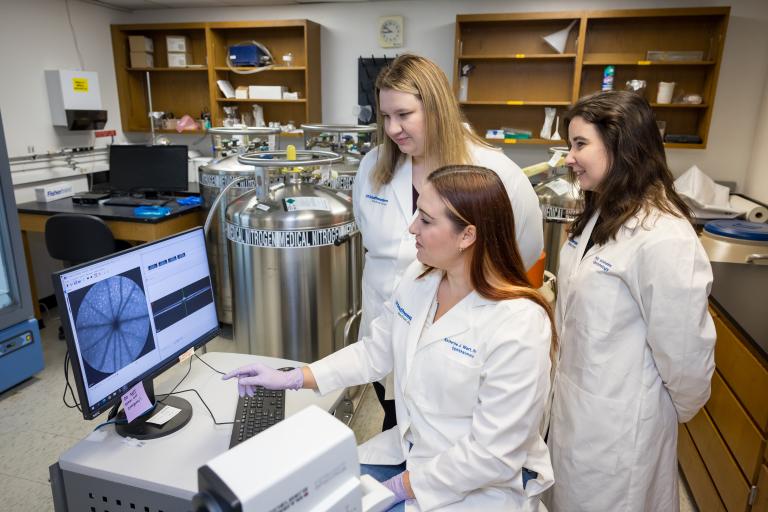
The Wert Laboratory studies post-mitotic neuronal cells, and how these cell populations are impacted by inherited genetic mutations or changes in transcriptional regulation/gene activity. In particular, we focus on the photoreceptor neurons of the retina, the primary light-sensing cells that are responsible for excitation to the inner neuronal cell layers of the retina for visual processing of optical images by the brain. Although mutations in more than 271 genes have now been linked to retinal degenerative disease – characterized by the death of the photoreceptor neurons – there are currently no available treatment options to prolong vision and halt cell death for the majority of these diseases and the mechanism by which the photoreceptors degenerate is not well understood. Enhancing our understanding of photoreceptor cell health by defining the precise cellular changes that occur during disease progression can provide insight needed to develop a therapeutic approach to treat patients with these neurodegenerative disorders.
To test the impact of inherited genetic mutations and alterations in gene regulation that are linked to photoreceptor cell death, we model these complex human diseases using both genetically engineered mice (for in vivo studies of neuronal cell development and health over time) as well as human cell lines – including embryonic and induced pluripotent stem cells – for in vitro studies of 3D retinal organoid development and maturation of the retinal neurons. The long-term goal of the Wert Laboratory is to discover and understand the mechanisms underlying retinal neurodegenerative disease, and to provide novel therapeutics for these complex disorders using gene therapy and genome engineering technologies, human stem cell transplantations, and metabolic rescue.
Delivery of Therapeutic Vectors into the Mouse Eye / Validation of Genes Associated with Retinal Degenerative Disease
Dr. Wert has previously developed an approach to deliver viral vectors, drugs, and/or cells into the subretinal and intravitreal space of the perinatal and adult mouse eye that can be performed with minimal equipment by a single investigator. The Wert Laboratory now uses this approach to test gene therapy efficacy in preclinical mouse models with retinal degenerative diseases, as well as to validate Genome-wide Association Studies (GWAS) risk alleles for their role in ocular pathology.
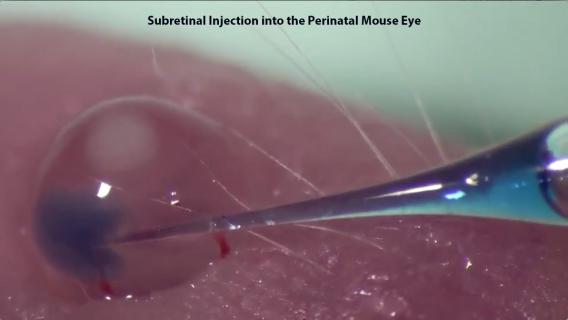 Subretinal and Intravitreal Injections
Subretinal and Intravitreal Injections Genome Engineering to Create Model Systems for Human Disease
Preclinical testing of therapeutic approaches for retinal degenerative diseases are effective when mouse models are available that mimic the human disease pathophysiology. However, there are many complex human diseases that do not have available animal model systems. The Wert Laboratory has a key interest in creating model systems for these disorders using genome engineering approaches. Each of these genetically modified systems can provide insight into mechanisms of disease, as well as providing models for testing preclinical therapeutics.

Understanding Human Retinal Development and Cellular Changes during Disease
Conventional approaches for the study of human diseases, such as using genome engineering to create mouse models of the disease, cannot always accurately reproduce complex human disease phenotypes due to species-specific differences. In these cases, the Wert Laboratory uses human pluripotent stem cells, both embryonic and induced (derived from patient samples) in vitro to study the human retinal development in a dish. We also use our injection expertise to transplant these human pluripotent stem cells, and stem cell-derived cells, into mice to create interspecies chimeras. These studies pave the way to further understand the mechanisms underlying embryonic development of the retinal neurons, and how disease mutations can affect these processes.
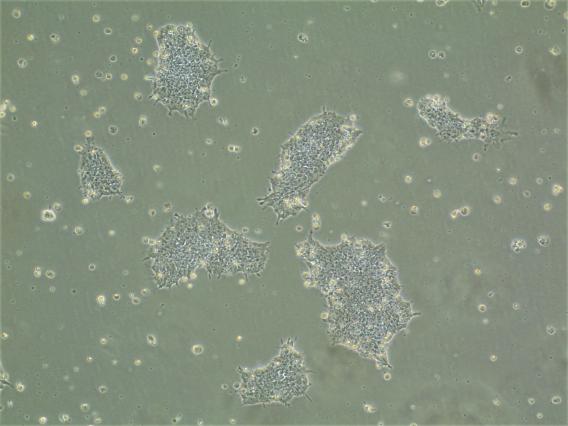 Human embryonic stem cells
Human embryonic stem cells 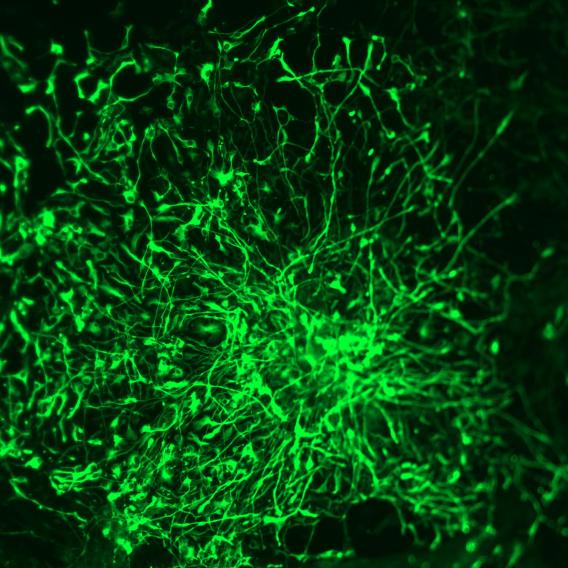 Human stem cells differentiated into neural precursor cells
Human stem cells differentiated into neural precursor cells 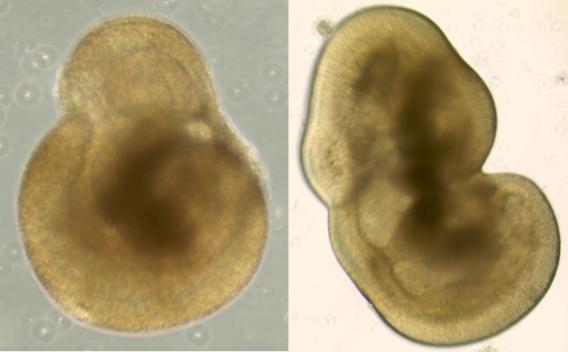 Human stem cells differentiated into 3D retinal organoids
Human stem cells differentiated into 3D retinal organoids Metabolism and its Role in Retinal Degeneration
The Wert Laboratory has a strong interest in determining the cellular pathways that play key roles in retinal disease and are potential targets for therapeutics for patients. We examine the role of various metabolites, as well as biomarkers for oxidative stress (key in many blinding disorders), in retinal disease progression. Identification of the mechanisms underlying dysregulation of photoreceptor metabolism may provide insight into critical cellular pathways for photoreceptor health, and lead to new clinical therapeutics for retinitis pigmentosa (RP) and other inherited retinal degenerative diseases.

